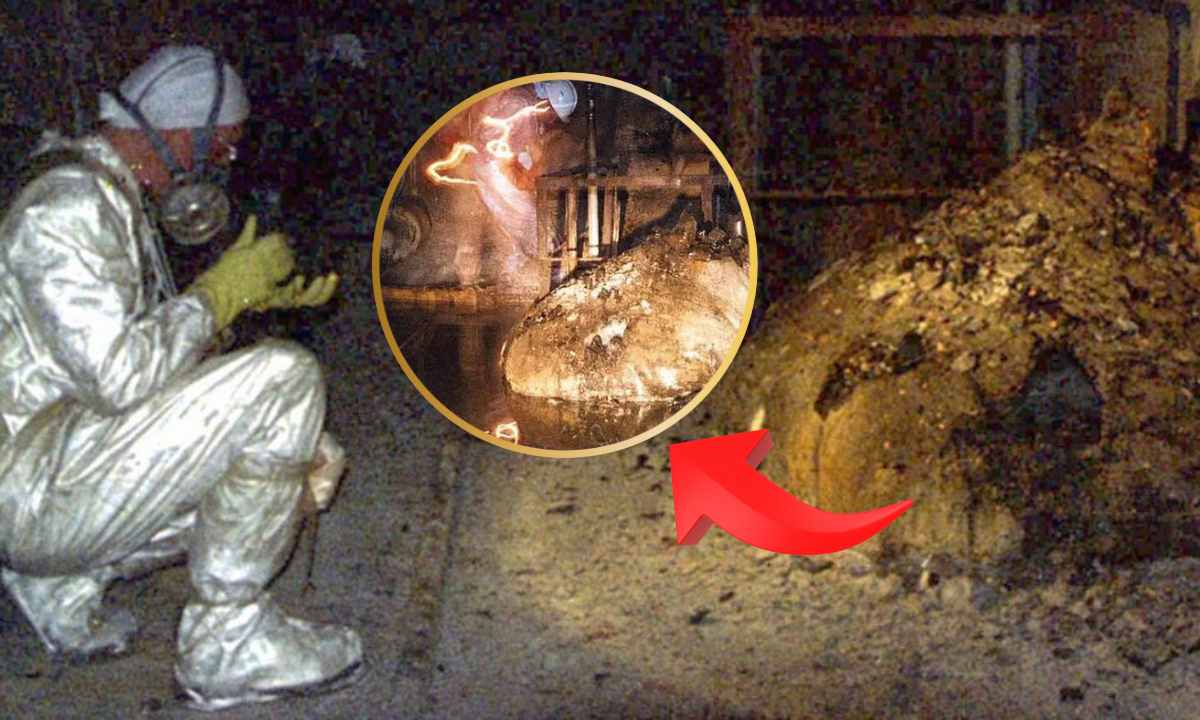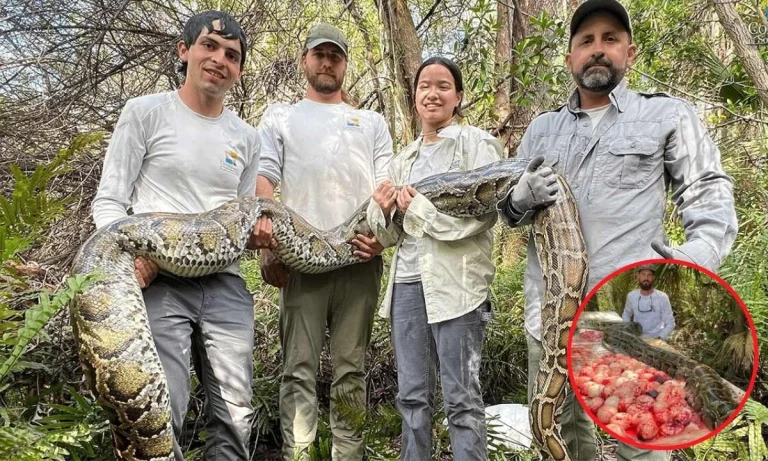This is an object so deadly, that just spending 300 seconds (5 minutes) close to it means you’ve got only a couple of days left to live! The Elephant’s Foot, hidden beneath the Chernobyl Nuclear Power Plant, near Pripyat, Ukraine is the most dangerous object on earth. This isn’t actually an elephant’s foot but a mass of corium from the destroyed Nuclear Reactor #4. But its appearance bears a surprising similarity to its name.
At first glance, the Elephant’s Foot might seem like an odd, even eerie piece of industrial accident debris. However, it’s the most radioactive spot on Earth. The only known person to have braved proximity to this radioactive behemoth is Artur Korneyev, who documented its existence through his photography. The story of the Elephant’s Foot is a reminder of the Chornobyl disaster’s lasting legacy and the invisible threat of radiation. Let’s dive into the details.
Unveiling the Elephant’s Foot: A Deadly Discovery
The Chornobyl disaster in April 1986 left many fatal stories in history. But none as deadly as the Elephant’s Foot. Discovered by workers eight months after the disaster, it was the result of the nuclear meltdown. A molten mix burned through concrete and steel to form the mass we see today.
According to the U.S. Department of Energy’s International Nuclear Safety Project, the mass weighs about 2.2 tons. Corium, the substance making up the Elephant’s Foot, is essentially nuclear lava. It includes materials from the reactor itself and the building’s structure, creating a highly radioactive compound. There are also hints of liquefied uranium, titanium, and other components as well.
The radioactivity of this is evenly distributed in the visible portion. However, the mass containing the radioactive material was found to be quite dense and rigid. To collect samples they had to put a drill connected to a remote-controlled trolley. Armor-piercing rounds were also fired from an assault rifle to crack the mass into pieces.
The initial challenge was capturing images of this mass, as its radiation levels were off the charts. Through the use of robotics and protective gear, humanity got its first glimpse of the disaster’s true scale.
“When reactor four of Chornobyl exploded, it liberated the lid of the reactor vessel. This 6-10 tonne concrete roof was blown into the air and then landed vertically into the hole. All of the control rods, the graphite, the fuel rods, and everything else blew out of the reactor and landed on the rooftops nearby. So imagine someone trying to stand on a rooftop that was so radioactive that it could give you such acute radiation sickness that you basically cook yourself and die.”
Australian archaeologist Robert Maxwell

The Lethality of Proximity: 300 Seconds to Doom
Close to its discovery, the Elephant’s Foot radiated 8,000 to 10,000 roentgen per hour (similar to 4.5 million chest X-rays per hour). The mass delivered a 50/50 fatal radiation dose within five minutes. To put it into perspective, spending just 300 seconds near it would deliver a lethal dose of radiation, giving an individual only about two days to live. If exposed for 30 seconds, it causes dizziness and hemorrhage. 120 seconds of exposure can cause human cell hemorrhage while 240 seconds of exposure causes intense diarrhea, fever, and vomiting.
Although the radiation has decreased over the years, it remains incredibly dangerous.
The Elephant’s Foot’s lethal aura overshadows even other highly radioactive objects within the Chornobyl exclusion zone. One such object is the infamous claw used during the cleanup. It’s a stark reminder of the power and danger of nuclear energy when uncontrolled.


The Man Who Faced the Beast: Artur Korneyev’s Tale
Artur Korneyev, 63 years old and a radiation specialist, went near the Elephant’s Foot, documenting its existence for the world. Despite the significant risk, Korneyev’s efforts helped in the nuclear safety and cleanup efforts. Artur used an automatic camera and a flashlight to take the remarkable photographs.
At the time. the radiation was not able to penetrate the skin. But the radioactive material has been converted to dust and aerosols. So, it still was the most damaging radiation if radioactive particles were inhaled or ingested.
Mr. Korneyev took the task of finding the fuel that lies within the sarcophagus and identifying radiation levels to restrict other workers’ exposure. Sadly, his bravery came at a personal cost, with his health severely affected by radiation exposure.
“We were the trailblazers. We were always on the front edge. Soviet radiation is the best radiation in the world.”
Artur Korneyev
His story is a testament to the human spirit’s resilience and the sacrifices made in the face of disaster.

Conclusion
The tale of the Elephant’s Foot is not just a chilling reminder of the Chornobyl disaster; it serves as a poignant lesson on the importance of environmental conservation and nuclear safety. As we reflect on the impact of such events, let’s remember the importance of learning from past mistakes to ensure a safer future for our planet.
Also read,











